Ask Ethan: Could the fabric of spacetime be defective?
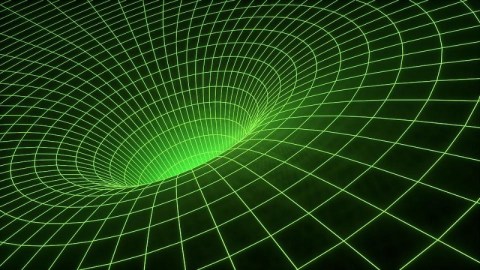
Holes, lines, or even walls in space aren’t just fiction; they could actually exist!
“Weakness of character is the only defect which cannot be amended.”
–Francois de La Rochefoucauld
The biggest lesson from Einstein’s general theory of relativity is that space itself isn’t a flat, unchanging, absolute entity. Rather it’s woven together, along with time, into a single fabric: spacetime. This fabric is continuous, smooth, and gets curved and deformed by the presence of matter and energy. Everything present within this spacetime moves along the path defined by that curvature, and its propagation is limited by the speed of light. But what if this fabric had defects in it? This isn’t science-fiction, but a bona fide idea in theoretical physics, and this week’s Ask Ethan question from gaijin, one of our Patreon supporters:
The topic I’d like to suggest is high-energy relics, like domain walls, cosmic strings, monopoles, etc… it would be great to read more about what these defects really are, what their origin is, what properties they likely have, or, and this is probably the most exciting part for me, how we expect them to look like and interact with the ‘ordinary’ universe.
A defective Universe, when it comes down to it, is mathematically very easy to get.
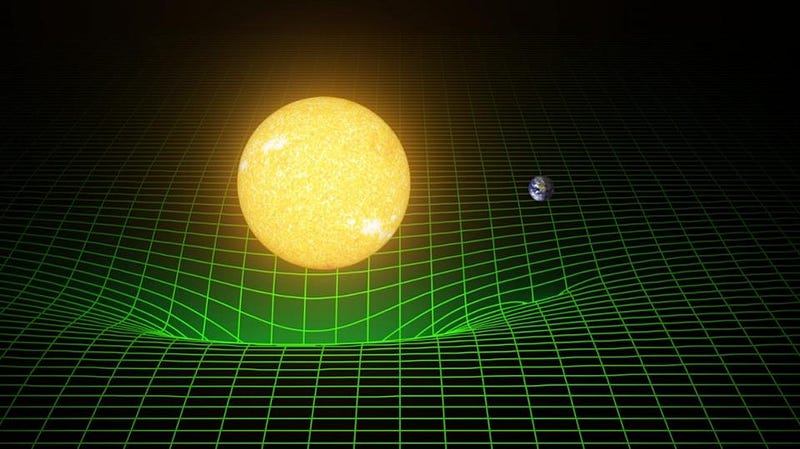
Try and imagine space as best as you can. What does it look like? Are you imagining it empty, smooth, and mostly uniform? Are you imagining that the only departures from that are small and due to the presence of masses and quanta of energy? That’s a pretty good approach, and the one that physicists normally take. On the largest scales, we expect it to be like a three-dimensional grid, where the only deviations are small regions of low-magnitude spatial curvature, which is what creates the gravitational force we know so well. Space, in this configuration, would be in the lowest-energy state.
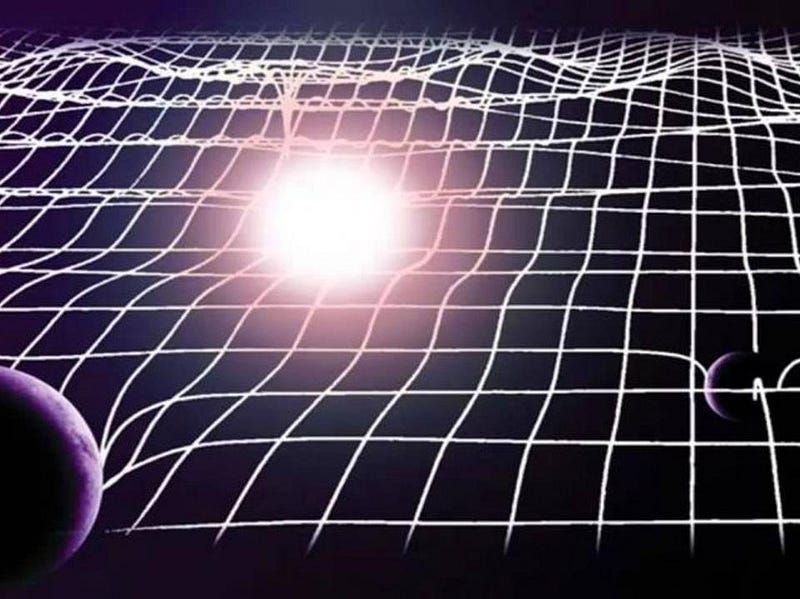
But what about excited states? What about other states? To make it easy, let’s take away two of the spatial dimension and just consider one: a line. The line can be straight, open, and infinite, or it could be closed, like a loop. Both of those are lines in the lowest-energy state. What would a higher-energy state look like? Imagine that you took your line and made it floppy, like a string. Now imagine that you tied a knot in the string: just a loop, criss-cross, tuck, and pull. A knot-free string represents one-dimensional space in the lowest-energy state; a string with a single knot in it represents one-dimensional space in the first excited state. That knot is a 0-dimensional topological defect.
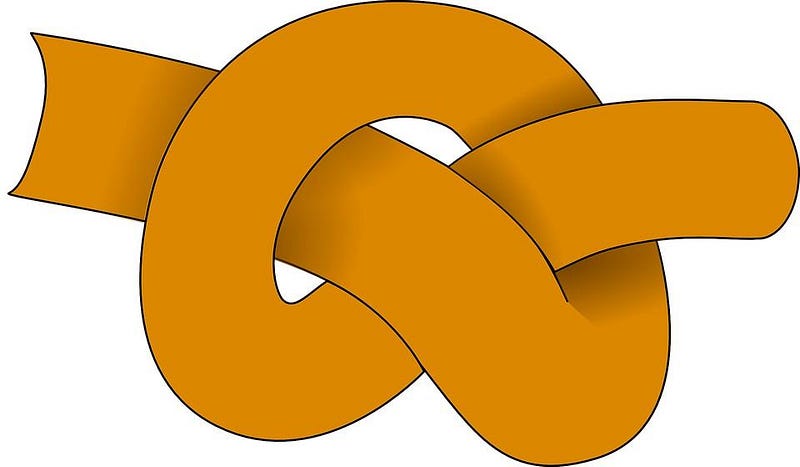
Now, you can do some interesting things with that knot-containing line. You can tie another knot in it the exact same way, and now you’ll have two topological defects that both add. But if you tie a knot in the opposite direction, i.e., you made the same loop, but you criss-crossed the ends the opposite way before tucking and pulling, you make a knot that’s the topological opposite of the original knot. If you very carefully brought both the original knot and this new, oppositely-tied knot together, you’d find that they could undo each other, bringing you back to the lowest-energy state again.
Well, those two types of zero-dimensional defects — the knot and the anti-knot — have physical analogies in our Universe: magnetic monopoles. A knot corresponds to an isolated North Magnetic Pole; an anti-knot corresponds to an isolated South Magnetic Pole. If you have one run into the other, they can annihilate, just like matter and antimatter, and returning the fabric of spacetime back to its lowest-energy state. Because they’re just point-like particles, monopoles would behave like normal matter, not much different from the electric monopoles (positive and negative electric charges) we have in our Universe today.
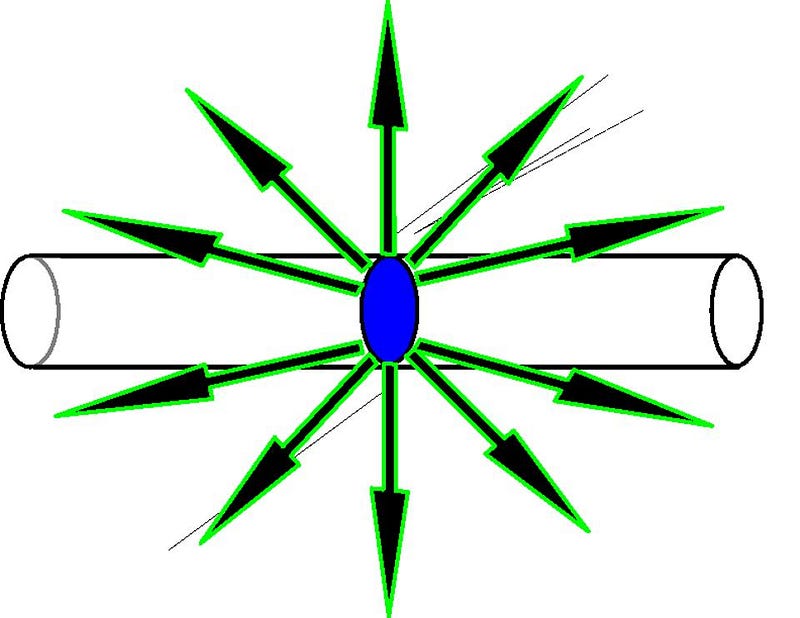
So let’s come back, now, to our three-dimensional Universe. You can imagine not just point-like defects, but higher dimensional defects, too:
- Cosmic Strings: where a one-dimensional line of some sort runs through the entire observable Universe.
- Domain Walls: where a two-dimensional plane, with discontinuous properties from one side to the other, runs across the Universe.
- Cosmic Textures: where a region of three-dimensional space gets knotted up.
So we have monopole (0-D), string (1-D), wall (2-D), and texture (3-D) defects that are possibilities, and they arise from different mechanisms of the same class: whenever a symmetry is broken.
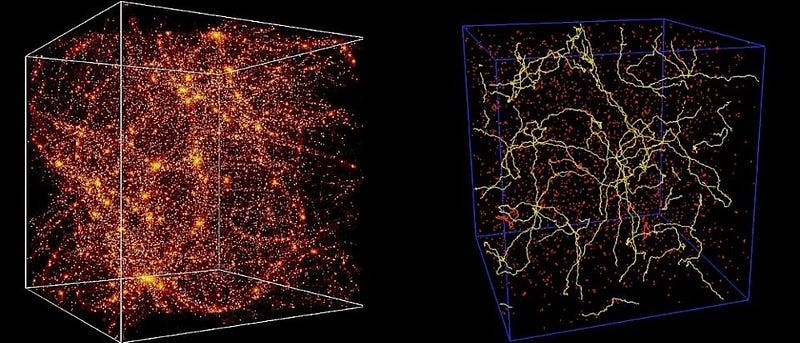
Symmetry breaking is a big deal in physics. Every symmetry that exists corresponds to a conserved quantity, and so if a symmetry is broken, that quantity is no longer conserved. You can produce monopoles by breaking a spherical symmetry; you can produce strings by breaking an axial or cylindrical symmetry; breaking a discrete symmetry (like parity, or mirror-image reflection) can create domain walls. Other defects are a little harder to intuit, but often come into play when you deal with extra-dimensional scenarios. But those first three in particular — monopoles, cosmic strings, and domain walls — are of particular interest for cosmology.
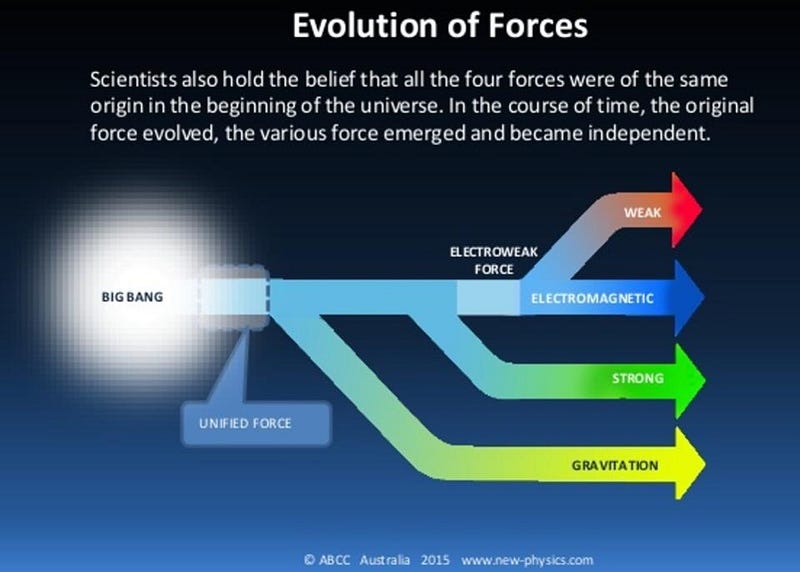
We know the Standard Model can’t be all there is, and there are many extensions that could have fascinating observable consequences. One is the idea of Grand Unification, where the electromagnetic, weak, and strong nuclear forces all unify at some high energy. This would not only result in the presence of new particles and new interactions, but when the symmetry keeping the strong force together with the other two breaks, magnetic monopoles ought to be produced. The lack of magnetic monopoles in our observable Universe is often cited as evidence for cosmic inflation, and for further evidence that the Universe never gets hot enough after inflation ends to restore the symmetry of Grand Unified Theories.
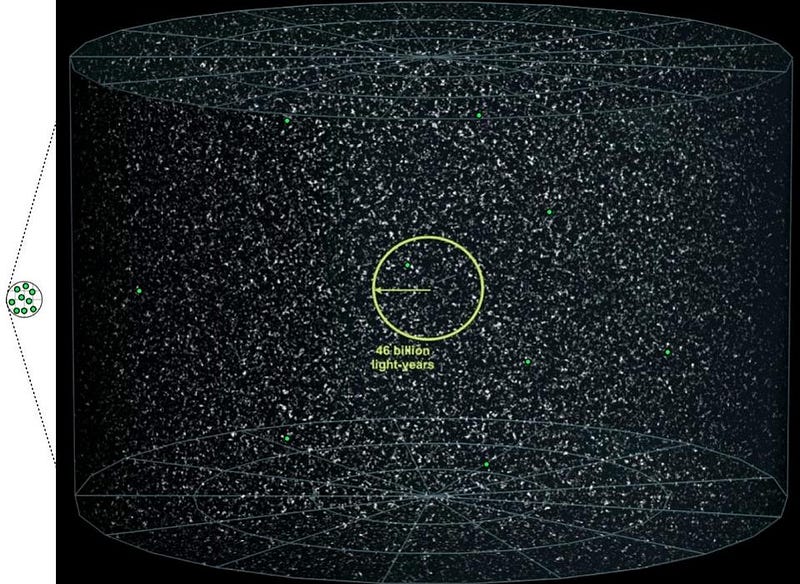
Cosmic strings and domain walls would be produced in phase transitions, if they exist, shortly after the end of inflation. There may be extra high-energy symmetries that get restored at early times, and when they’re broken, these defects can be created. Both cosmic strings and domain walls — either a single one or a network of them — would leave a signature in the large-scale structure of the Universe, while textures would show up in the CMB and monopoles would show up in direct detection experiments. Some physicists, tongue-in-cheek, point to the one magnetic monopole discovered on Valentine’s Day in 1982 as evidence of cosmic inflation: there’s only one monopole in the entire observable Universe, and we saw it!

While monopoles would act like matter, a Universe with cosmic strings, domain walls, or cosmological textures would affect the expansion of the Universe in a major fashion. Cosmic strings would behave like spatial curvature, something constrained to be less than about 0.4% of the total energy density, while domain walls would create a form of dark energy that accelerates the Universe too slowly to account for what we observe. A cosmological texture would have the same effects as a cosmological constant, but our entire observable Universe would have to be contained within a single defect to explain our observations!

Monopole, strings, walls, textures, and any other defects should be ultra-heavy if they exist. Monopoles should be the most massive particles ever discovered, if real, approximately a factor of 100 trillion (10¹⁴) times as massive as the top quark. Strings, walls, and textures should act as the seeds of large-scale structure, pulling matter into it before any other structures form, and creating signatures that should be very clear, given the power of today’s telescopes, surveys, and CMB data. Modern constraints tell us that these structures don’t exist in any great abundance, and can be no more than a few percent of the total cosmic energy budget.
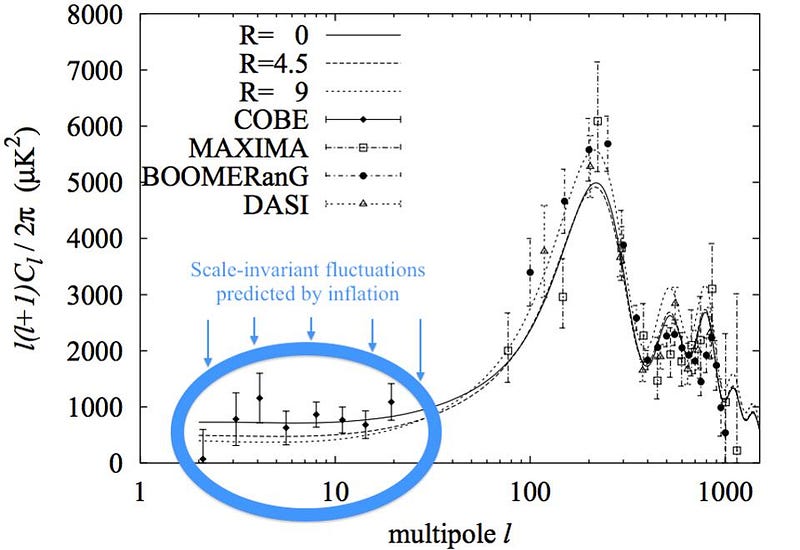
As of today, there’s no evidence for our Universe being defective, save for that one observation of a magnetic monopole some 35 years ago. While we can’t disprove their existence (we can only constrain it), we have to keep our minds open to the possibility that these topological defects aren’t forbidden, and that many extensions to the Standard Model of physics necessitate them. In many scenarios, if they don’t exist, it’s because something additional must be suppressing them. Absence of evidence is not evidence of absence, but until we see something else that points to a topological defect being real in the Universe, we have to leave this idea in the realm of speculation.
Send in your Ask Ethan questions to startswithabang at gmail dot com!
Ethan Siegel is the author of Beyond the Galaxy and Treknology. You can pre-order his third book, currently in development: the Encyclopaedia Cosmologica.




